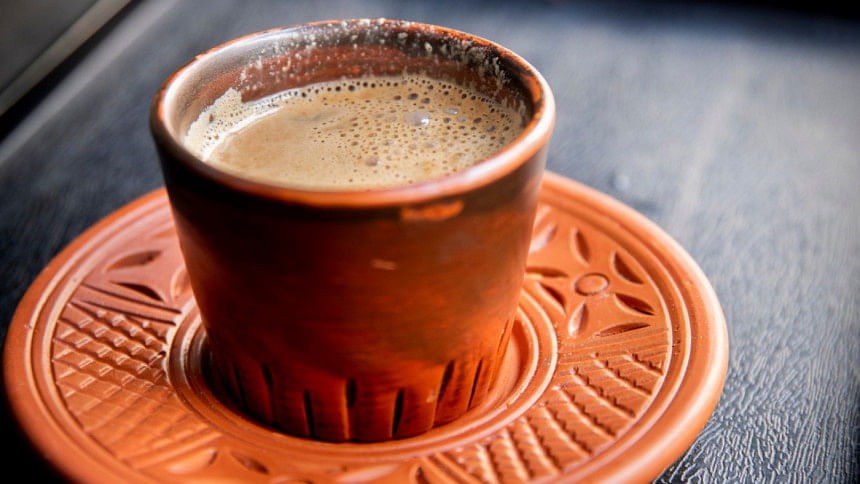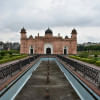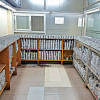Seven unique facts about tea culture in Bangladesh

One of the most common things you'll hear upon entering someone's home is, "Cha khaben?" (Want some tea?) Tea is a constant presence, whether it's to start the day, break for lunch, unwind after a long day, or an adda. It's a symbol of hospitality and friendship, and nothing brings people together like a warm cup of tea.
However, as ubiquitous as tea is, its preparation and place in our culture varies slightly from one place to another, often even from one household to the next. Here are seven unique and interesting facts about the Bangladeshi tea culture:
The types of tea in Bangladesh
There are a total of five types of tea produced in the country, including green tea (unfermented), black tea (fully fermented), Oolong tea (partially fermented), instant tea (water soluble), and white tea.
The local tea innovations
In Moulvibazar's Sreemangal, the tea capital of Bangladesh, Romesh Ram Gour introduced the seven-layer tea, or Saat Rong Cha, at a tea shop called Nilkantha Tea Cabin. It is served in a clear glass, exhibiting seven distinct layers, each with varying concentrations of ingredients, resulting in a spectrum of flavours, from sweet to spicy.
Drawing inspiration from online recipes, a man named Ashiq opened his tea stall at Shahbazpur Bus Stand in 2006. His top sellers include chocolate almond, strawberry almond, malai, shahi almond, lemon, masala, and bachelor raw teas. Utilising ingredients such as cow milk, chocolate bars, almonds, Horlicks, and tamarind, Ashiq earns Tk 4,000-5,000 daily from his bustling stall, pricing cups between Tk 5-100.
The beauty of tea stalls
According to the Hotel-Restaurant Survey 2021 of the Bangladesh Bureau of Statistics, there are some 344,687 roadside tea stalls, or tongs, in the country, of which 159,393 are in cities and the remaining in village areas. In Dhaka, tea stalls are ubiquitous, perfuming the air with the alluring scent of brewing tea. Boiling in blackened kettles over open fires, the strong brew is poured into cups, then enriched with condensed milk and sugar, vigorously stirred, and served. From bustling roadside stalls to more structured bamboo huts along food streets, these spots offer a taste of tong er cha.
The tea-producing districts of Bangladesh
Major tea-producing districts include Moulvibazar (91 estates), Hobigonj (25), Sylhet (19), Chattogram (22), Panchagarh (8), Rangamati (2), Khagrachori (1), Thakurgaon (1), as well as Naogaon, Brahmanbaria, Dinajpur, Lalmonirhat, Nilphamari, and Bandarban.
The latest figures on tea production
Bangladesh's tea production surged to a record high of 102.92 million kilograms (kgs) in the just-concluded year of 2023, according to the state-run Bangladesh Tea Board (BTB).
Did you know?
Bangladesh is the 12th largest tea producer in the world. In 2022, Bangladesh exported $2.73 million worth of tea, making it the world's 62nd largest tea exporter. That year, tea ranked as the 190th most exported product from Bangladesh. The main destinations for Bangladeshi tea exports were the United States ($1.1 million), the United Arab Emirates ($1.08 million), Kuwait ($236,000), Pakistan ($169,000), and Italy ($30,500).
History of tea in Bangladesh
The first known cultivation of tea in the present-day territory of Bangladesh was started in 1843 in Chittagong, beside the banks of the Karnaphuli River. Commercially, starting in 1857, tea was cultivated in the Sylhet region and later spread to the present-day Cumilla and Panchagarh districts.

 For all latest news, follow The Daily Star's Google News channel.
For all latest news, follow The Daily Star's Google News channel. 








Comments